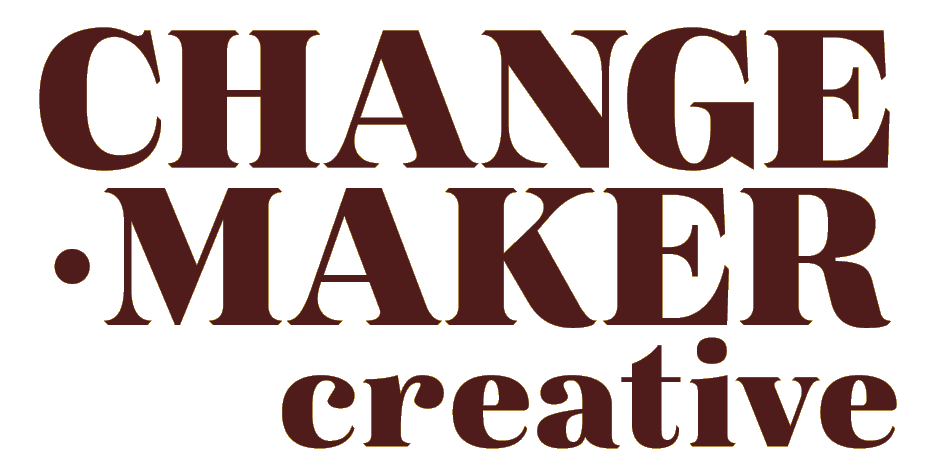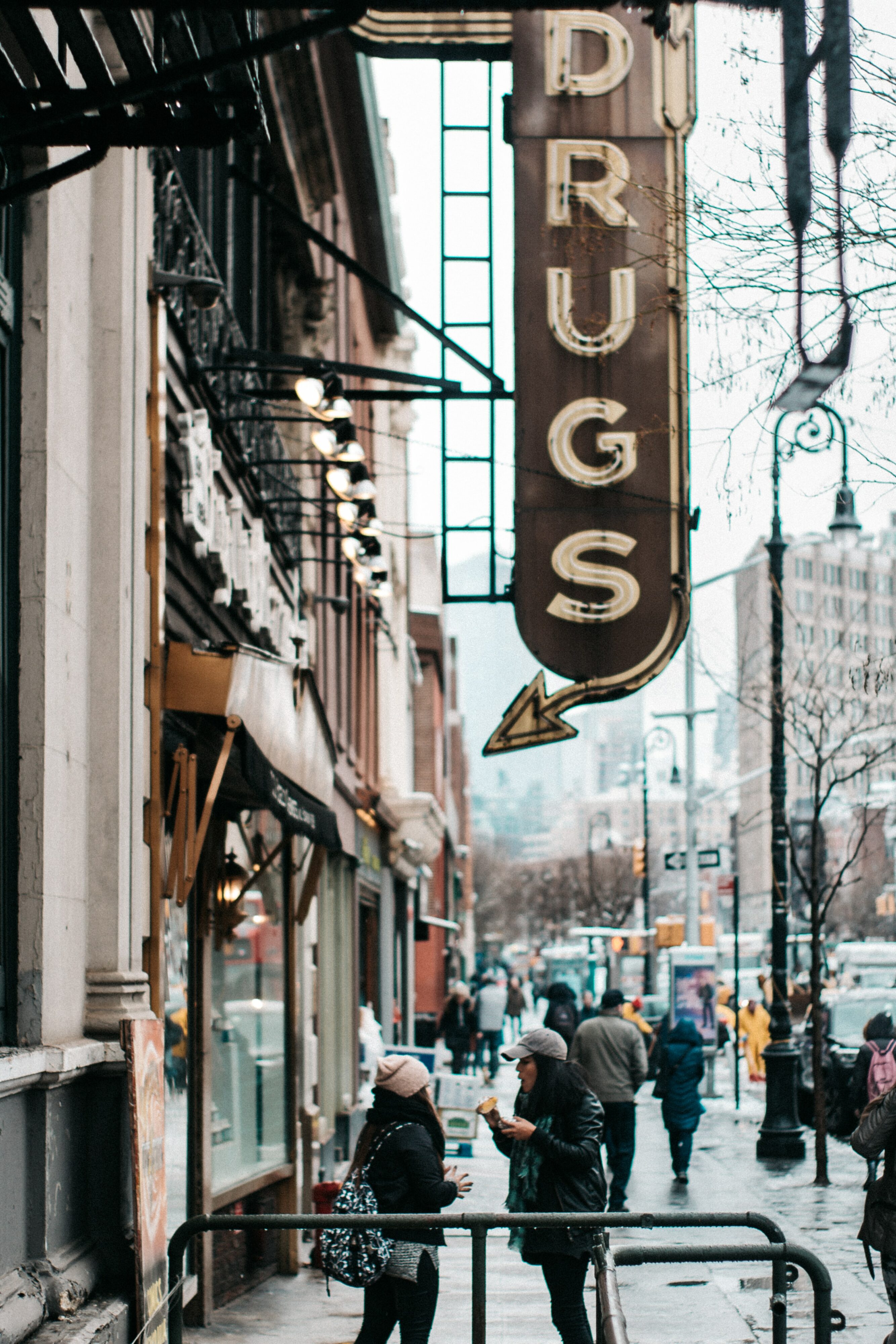NOTE: this blog was written on June 7, 2022, based off of draft regulations. Things may have changed since then.
New York State has taken a massive leap forward by becoming one of the first states in the US to implement sustainability regulations right from the get-go for their adult-use cannabis licensing. These sustainable cannabis packaging regulations ensure that cannabis products are packed in more eco-friendly packaging, reducing single use plastic.
Part of the climate goals plan set in 2019, New York passed the Climate Leadership and Community Protection Act (Climate Act). Being one of the later states to legalize adult use, they have the unique opportunity to use the data and experiences from other states where legalization has taken place years prior. New York State’s Climate Act is among the most ambitious climate laws in the world: the plan is to reduce economy-wide greenhouse gas emissions 40 percent by 2030 and no less than 85 percent by 2050 from 1990 levels. New York cannabis industry a part of the climate solution, and one part of that plan is the packaging of the plant.
What do NY cannabis packaging sustainability regulations mean for cannabis licensees?
From the current regulations, it looks like licensed operators will have a two-year grade period to come up with a report for the New York State Cannabis Control Board. In it, cannabis companies will have to outline their sustainable packaging strategies that use non-plastic, compostable or recyclable materials, or packaging materials exceeding 25% post-consumer recycled content.
Sustainable packaging option 1: Sanitizing + reusing packages
(u) Reusable packaging is packaging made from durable material that is designed to be used repeatedly for a number of use cycles, is safe for washing and sanitizing, and is capable of being recycled at the end of use, with the exception of ceramic products.
Retail packages can be reused after appropriate sanitation and based on visual inspection, if the retail package is in good working order and does not appear to pose a risk of unintended exposure or ingestion of cannabis products. The visual inspection must ensure such retail packages are not brittle or have chips, cracks, or other imperfections that could compromise the child-resistant properties of the retail package or otherwise pose a threat of harm to a consumer.
(1) The retail packages shall be sanitized and disinfected either by a licensee or by a third-party to ensure that they do not contain any harmful residue or contaminants.
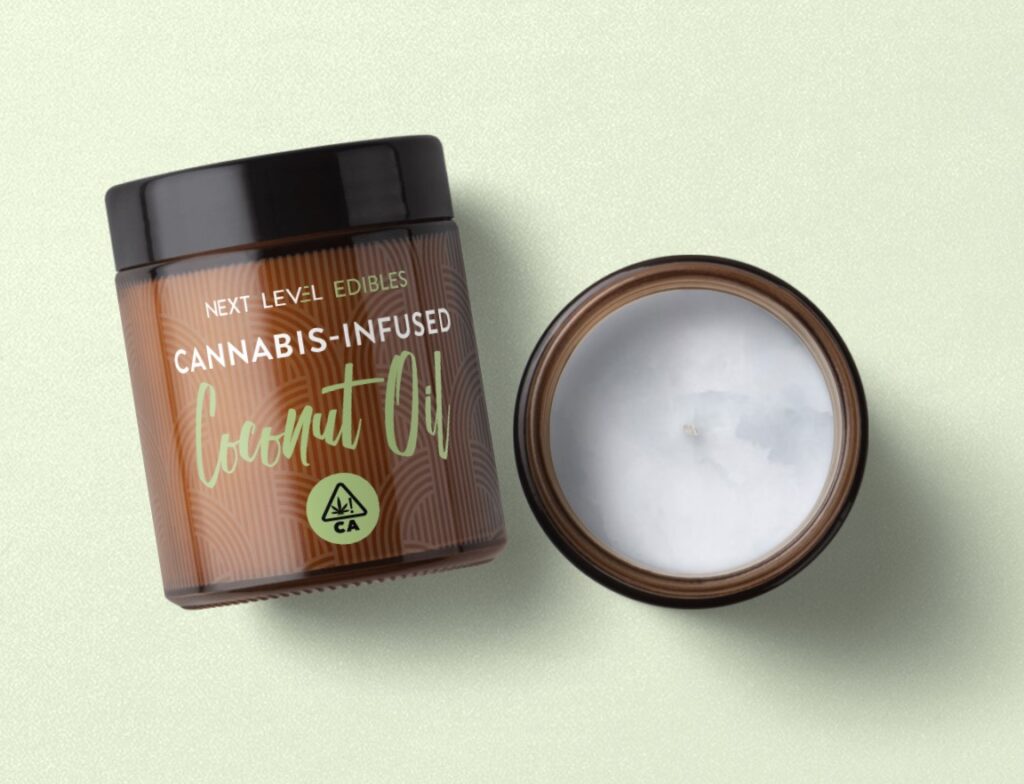
Sustainable packaging example: reusable glass container that can be washed and reused
Sustainable Packaging Option 2: Using post-consumer waste in packaging
What the law says about post-consumer waste
(q) Post-consumer recycled material means new material produced using material resulting from the recovery, separation, collection and reprocessing of material that would otherwise be disposed of or processed as waste and that was originally sold for consumption. It does not include post-industrial material, or material generated by means of combustion, incineration, pyrolysis, gasification, solvolysis, chemical recycling and any high-heat or conversion process.
examples of post-consumer waste packaging
What this means in practice: recycled material, like a recycled plastic, recycled glass, recycled aluminum, or even recycled paper.
Here are some examples of what post-consumer waste packaging means
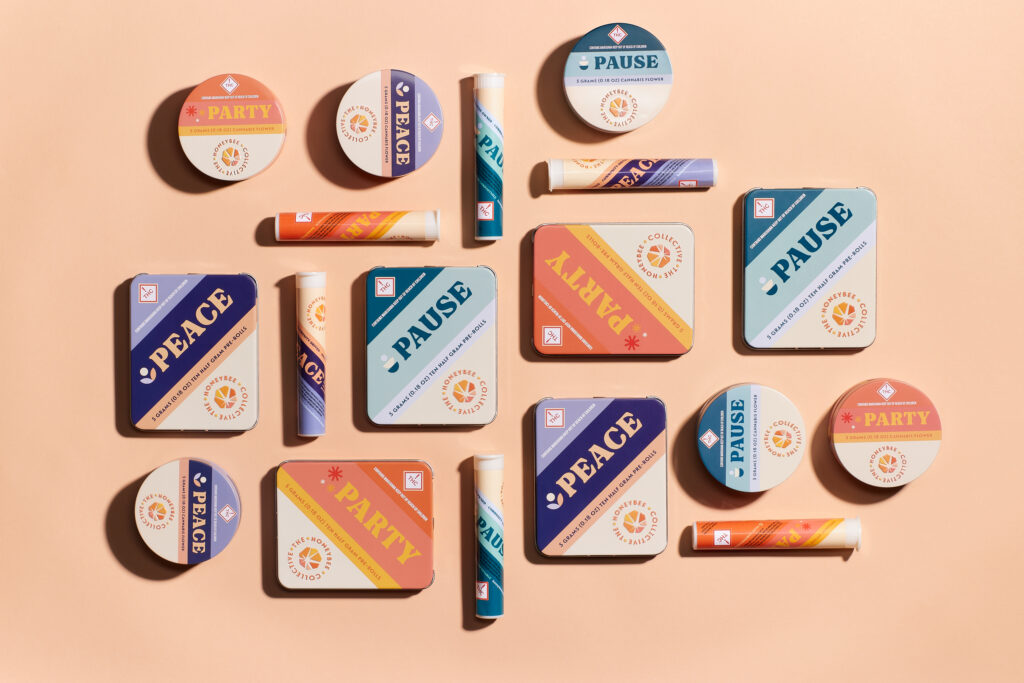
Sustainable packaging example: recycled aluminum is infinitely recyclable
Sustainable Packaging Option 3: using sustainable material options for packaging
What the law says about sustainable materials
Sustainable packaging strategies that use non-plastic, compostable or recyclable materials,
examples of sustainable packaging materials
Non-plastic materials include aluminum, glass, paper, cardboard. Compostable materials include paper and cardboard and plant based plastics. Recyclable materials include aluminum, glass, paper, cardboard.
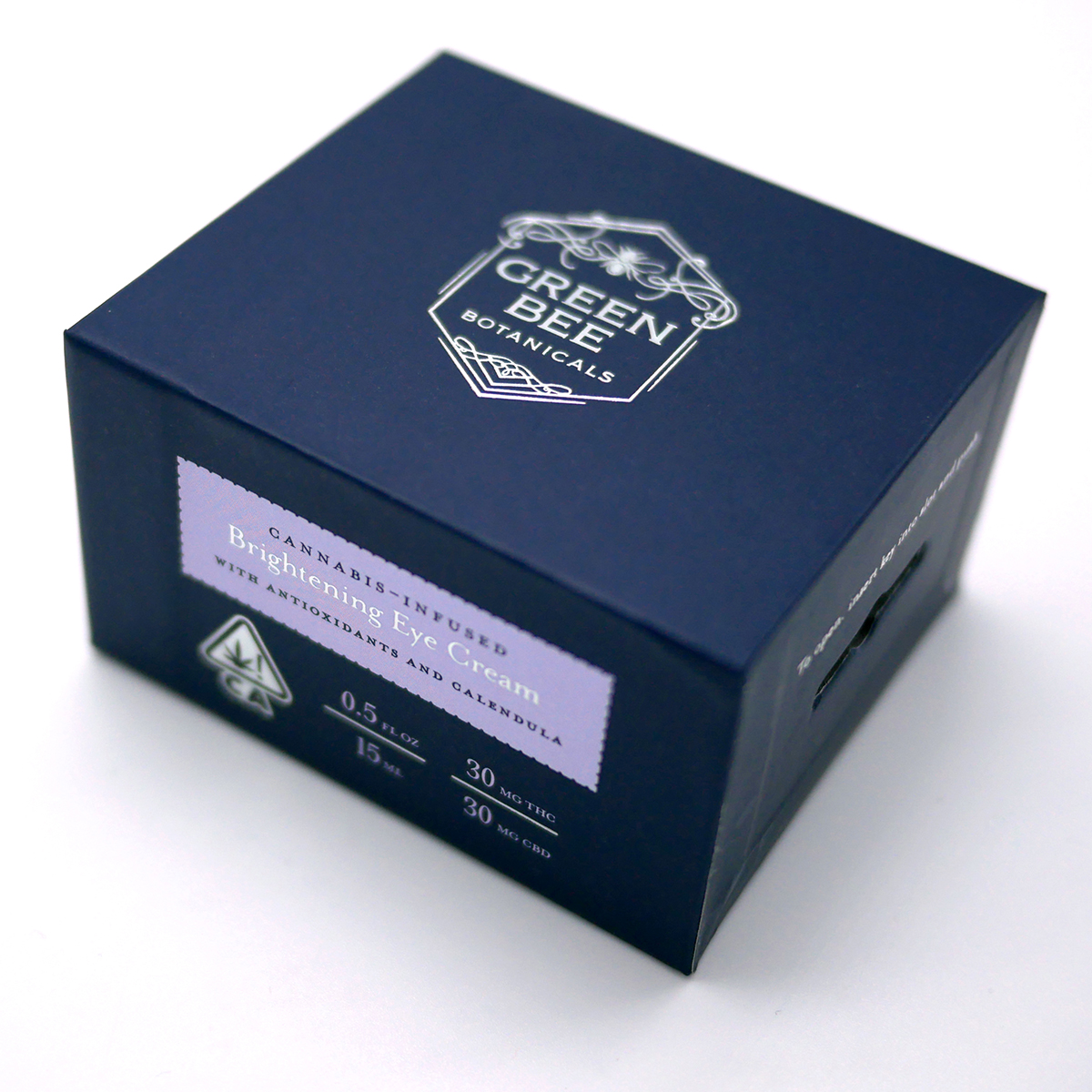
Sustainable packaging example: luxurious cardboard box, high end looking sustainable packaging
Environmental claims
(c) Claims about recyclable or recycled content packaging shall comply with 16 CFR Part 260 regarding Guides for the Use of Environmental Marketing Claims. The Resource Conservation and Recovery Act (RCRA) is the public law that creates the framework for the proper management of hazardous and non-hazardous solid waste. The law describes the waste management program mandated by Congress that gave EPA authority to develop the RCRA program.
Reporting requirements
(d) A licensee who packages products for retail sale shall annually report to the Office key metrics including but not limited to the total amount of packaging material, by weight, sold, offered for sale, or distributed into the state by the licensee in the prior calendar year; and the total costs of packaging material.
Get help from a cannabis packaging sustainability expert!
Need help establishing compliant + sustainable packaging strategies for your New York cannabis company? I can help develop eco-friendly packaging strategies that use non-plastic, compostable or recyclable materials, or packaging materials exceeding 25% post-consumer recycled content.
